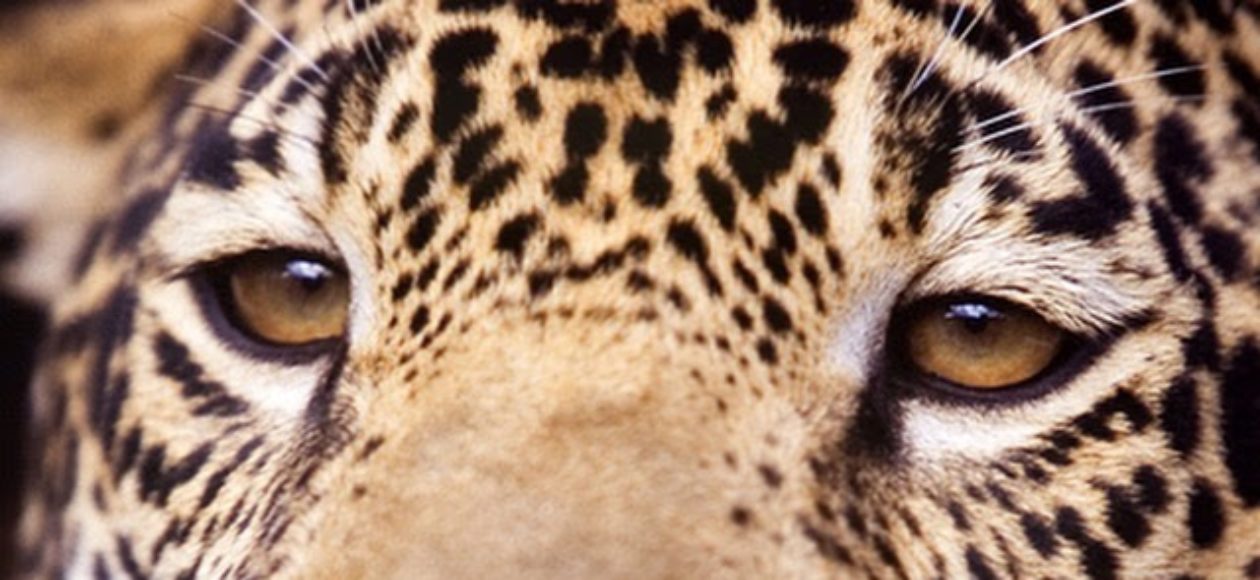Arquivo diários:abril 6, 2017
NATGEO
NATGEOTVBRASIL
Curso gratuito de Capacitação de Agentes Multiplicadores de Prevenção ao Uso Indevido de Drogas
Período: 17 à 20/abril/2017
Horário: das 09:00 às 13:00 hs
Endereço: Auditório do DENARC
Rua Rodolfo Miranda, 636 – Bom Retiro
(Estação Armênia do Metrô)
INSCRIÇÕES:
Fone: (011) 3815-8761
e-mail: dipe.denarc@policiacivil.sp.gov.br
